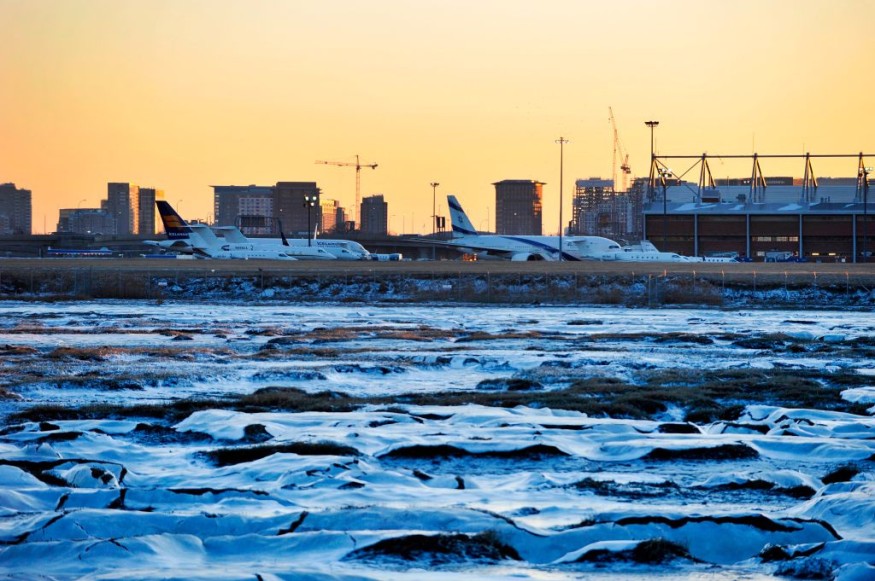A polar vortex will bring the winter season's coldest air in the Northeast this coming weekend, according to weather forecasts. Intense cold air and below-average temperatures are expected across the US, especially the Northeast and its adjacent regions.
Polar Vortex Strikes US

AccuWeather stated the polar vortex has maintained frigid air suspended above the Arctic Circle for most of the winter, where it remains strong and prevents frigid air from escaping the Arctic.
In this context, meteorologists have attributed the polar vortex to be driving behind the recent winter weather events that we have witnessed this year.
AccuWeather forecasters say the Arctic air sweeps in a southeastward direction across the region on Friday, February 3, where temperatures could fall in some locations.
What is the Polar Vortex?
The polar vortex is a natural phenomenon characterized as a large area of low pressure system and cold air mass surrounding both of the Earth's poles. It always exists in the northern and southern poles, where it weakens during the summer season and strengthens during the winter, according to the National Weather Service (NWS).
The term "vortex" pertains to the counter-clockwise movement of air that helps retain colder air near the Poles. There are many instances in the northern hemisphere during winter that the storm expands, sending cold air in a southward direction along with the jet stream, says the NWS.
The US weather agency explains that the existence of polar vortexes is not something new. However, the term "polar vortex" has only been popularized recently by weather forecasts, bringing attention to the ever-existing weather feature. Weather forecasters examine the polar vortex by observing atmospheric conditions thousands of feet in the sky.
According to the National Oceanic and Atmospheric Administration (NOAA), a stable polar vortex is where cold air is contained in the pole, while a disrupted polar vortex forces its cold air to move south. The polar vortex term first appeared in an 1853 issue of Eliakim Little's Living Age, a magazine consisting different selections from British and American magazines and newspapers.
Weather Polar Vortex
Although polar vortex is related to weather, which is the condition of the atmosphere based on hotness or coldness, wetness or dryness, and among others, it is not part of a meteorologist's daily forecast. This means that polar vortexes are long-term weather phenomenon but does not come and go like weather events such as storms, hurricanes, tornadoes, severe thunderstorms, and heatwaves.
According to the Met Office, the UK's national weather service, the polar vortex is a circulation of winds located high up in the atmospheric layer called the stratosphere, reaching up to 50 kilometers (30 miles) above the Earth. In addition, scientists have known about the old phenomenon for many years.
The polar vortex winds regularly exceed 250 kilometers per hour (155 miles per hour), the strength of hurricane force winds possessed by the strongest hurricanes known as Category 5. These winds can strengthen and weaken during the winter, influencing lower parts of the atmosphere and ultimately our weather, the UK weather agency explains.
© 2025 NatureWorldNews.com All rights reserved. Do not reproduce without permission.





